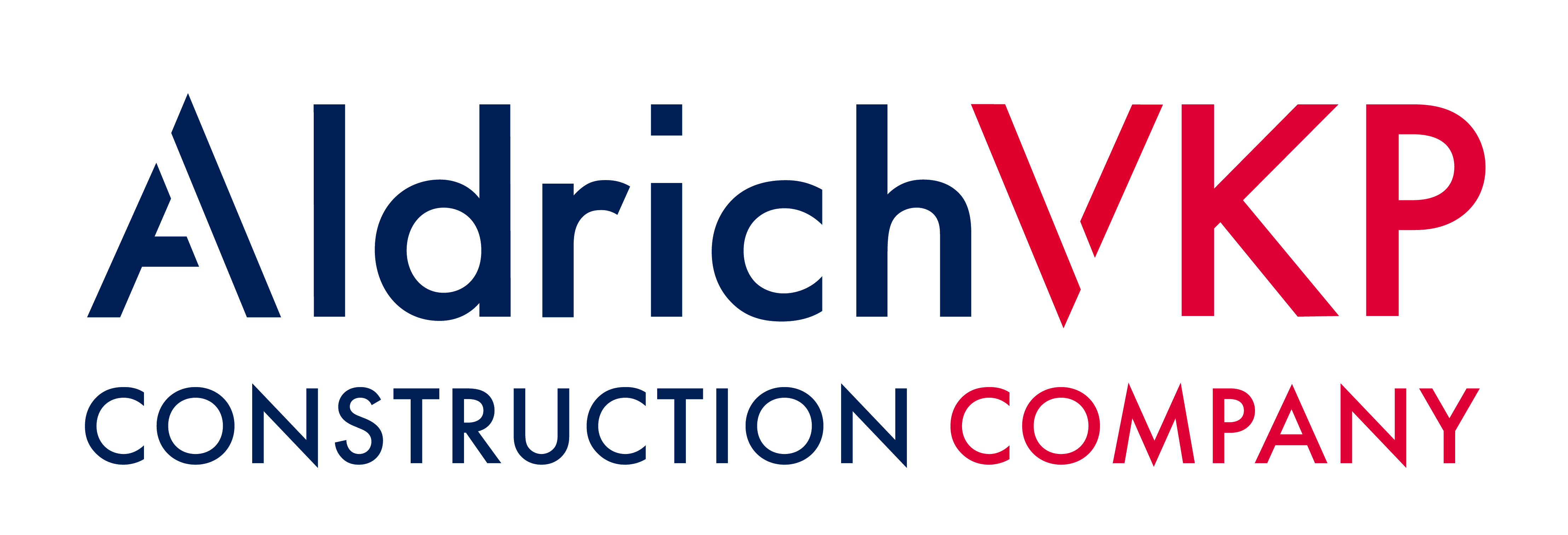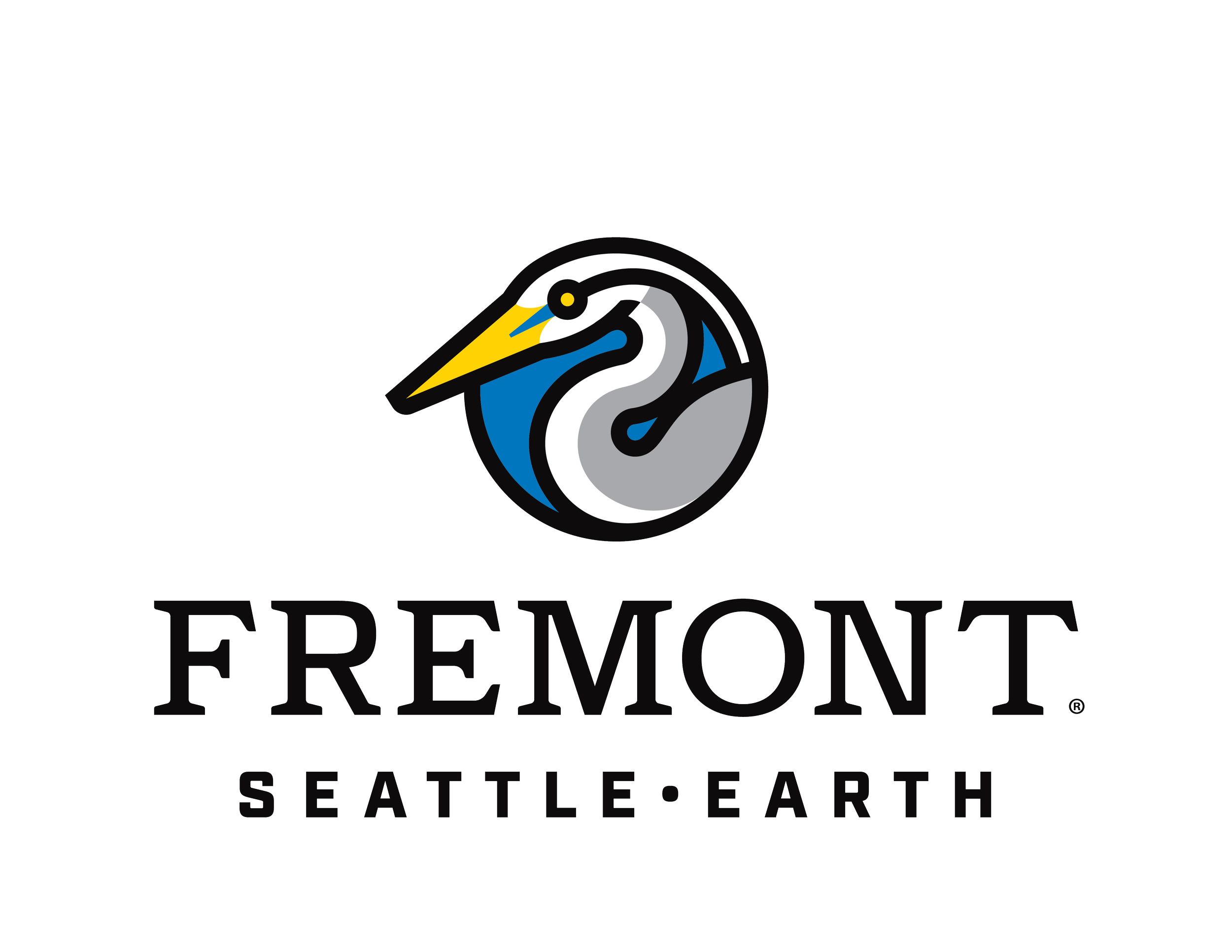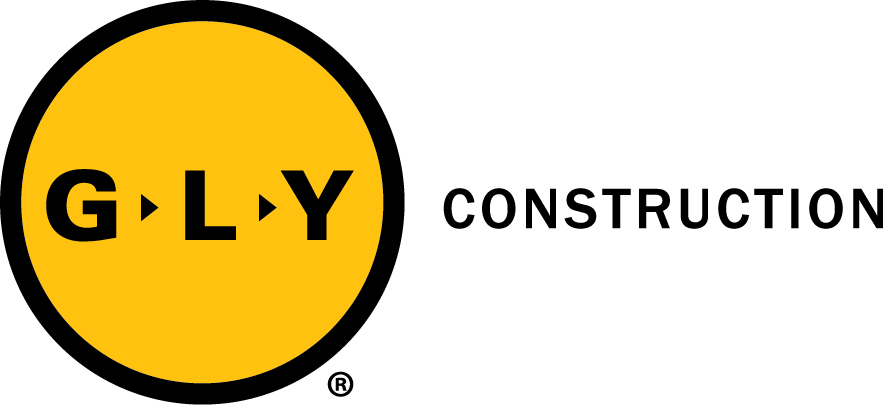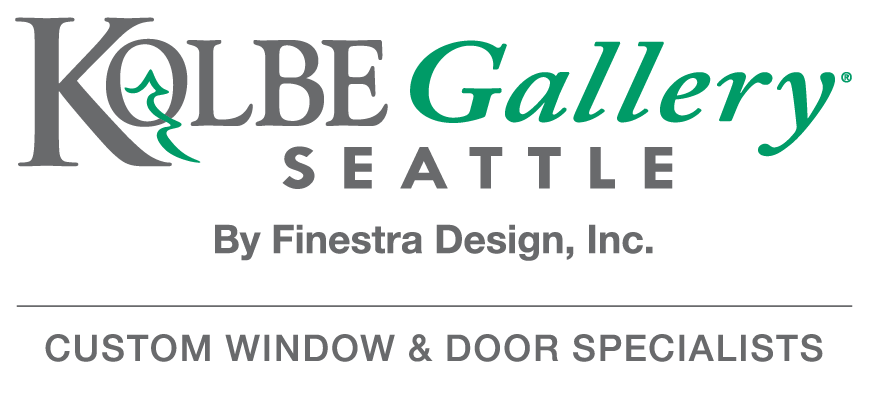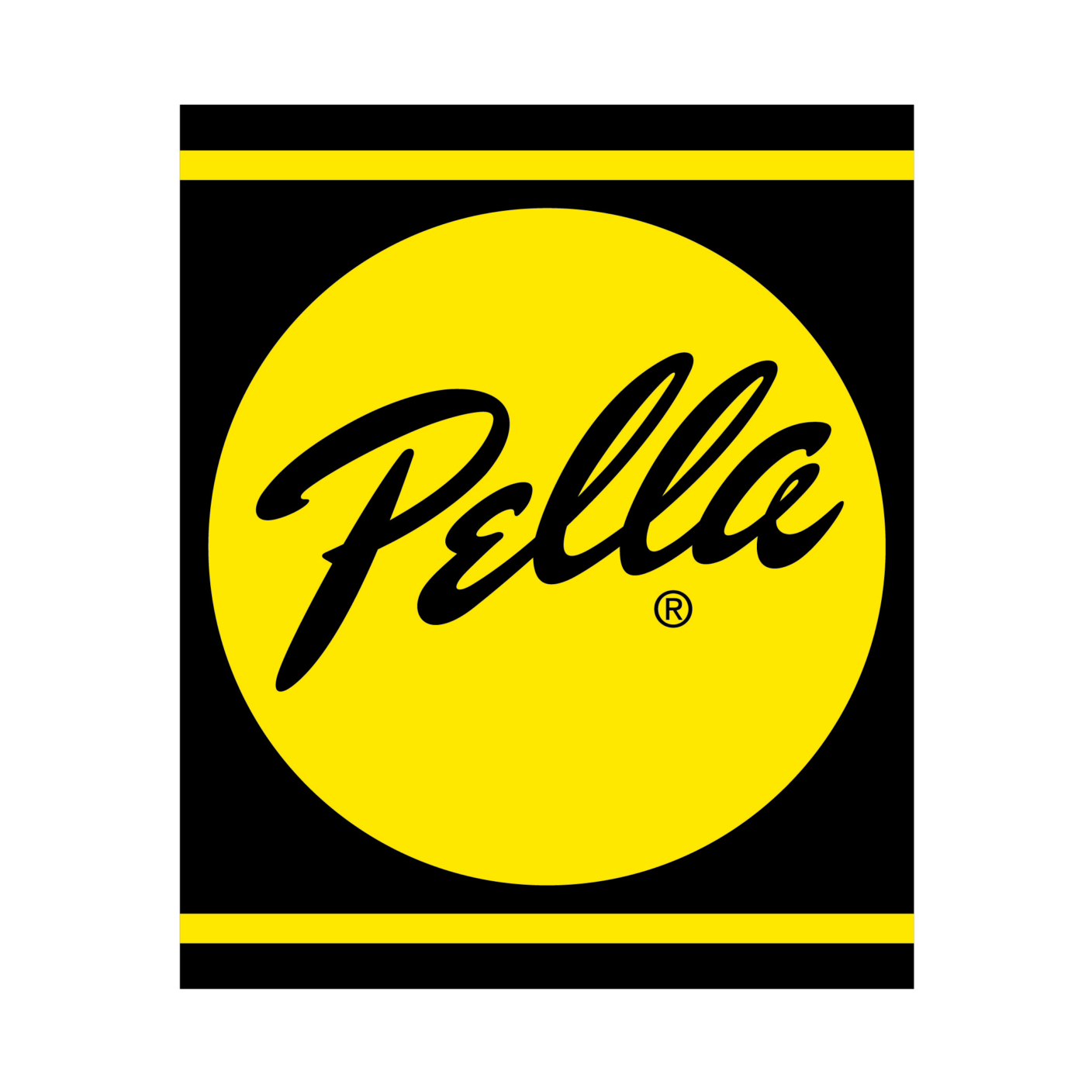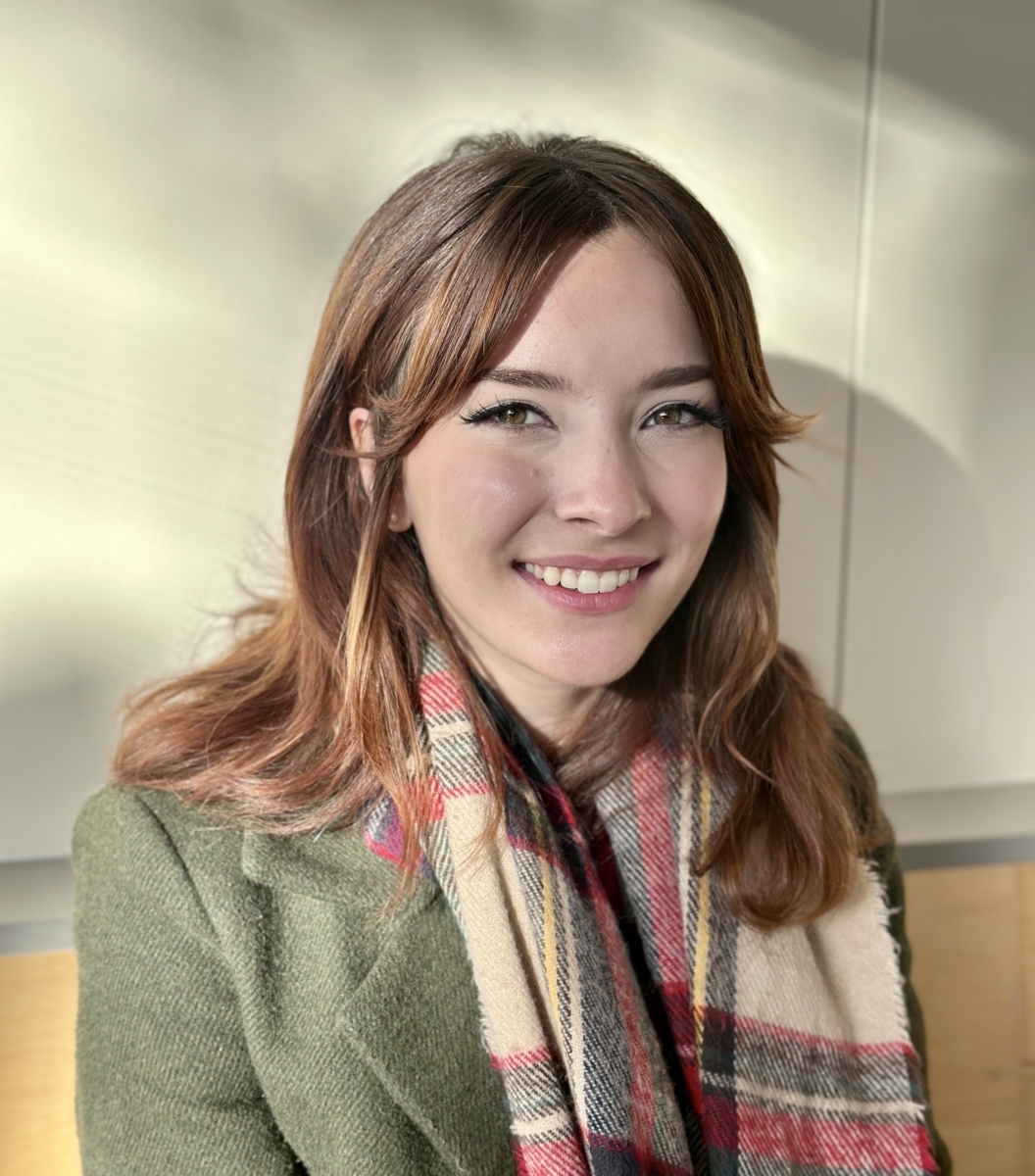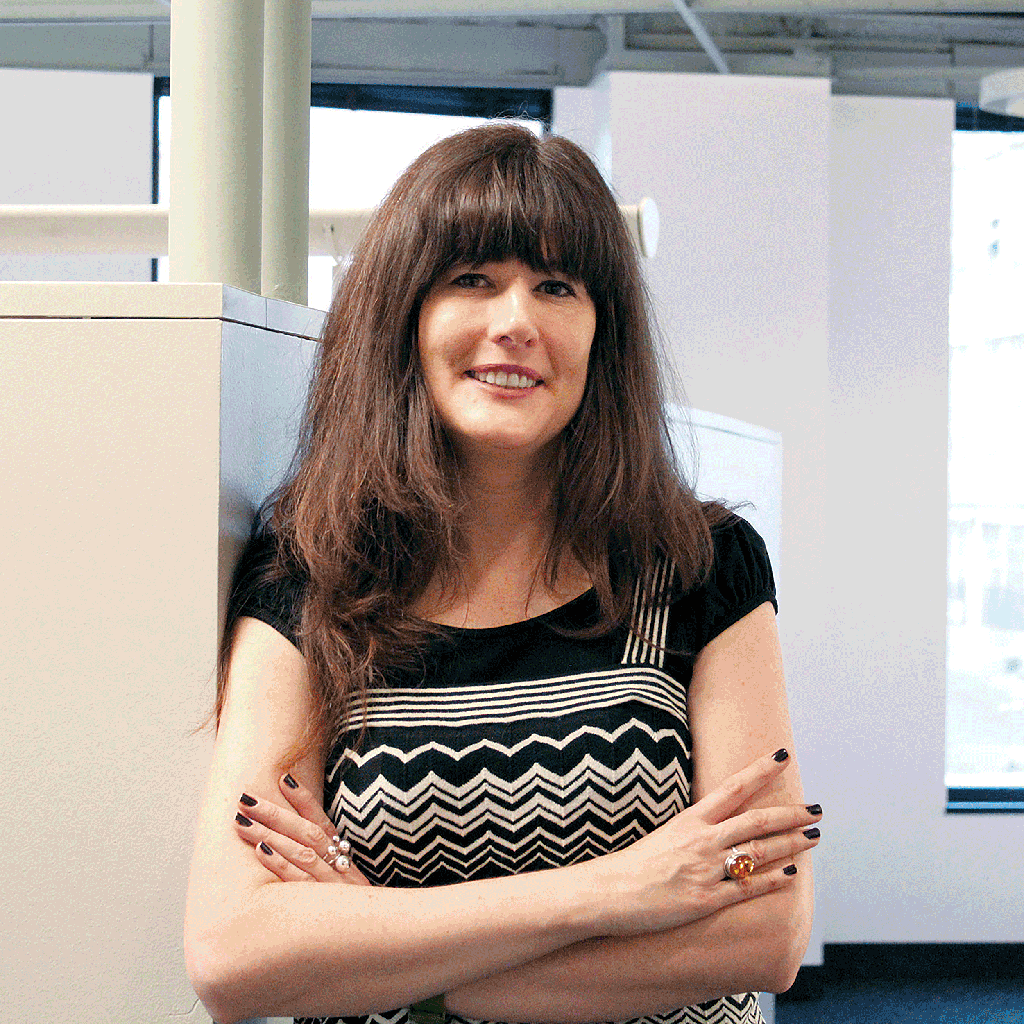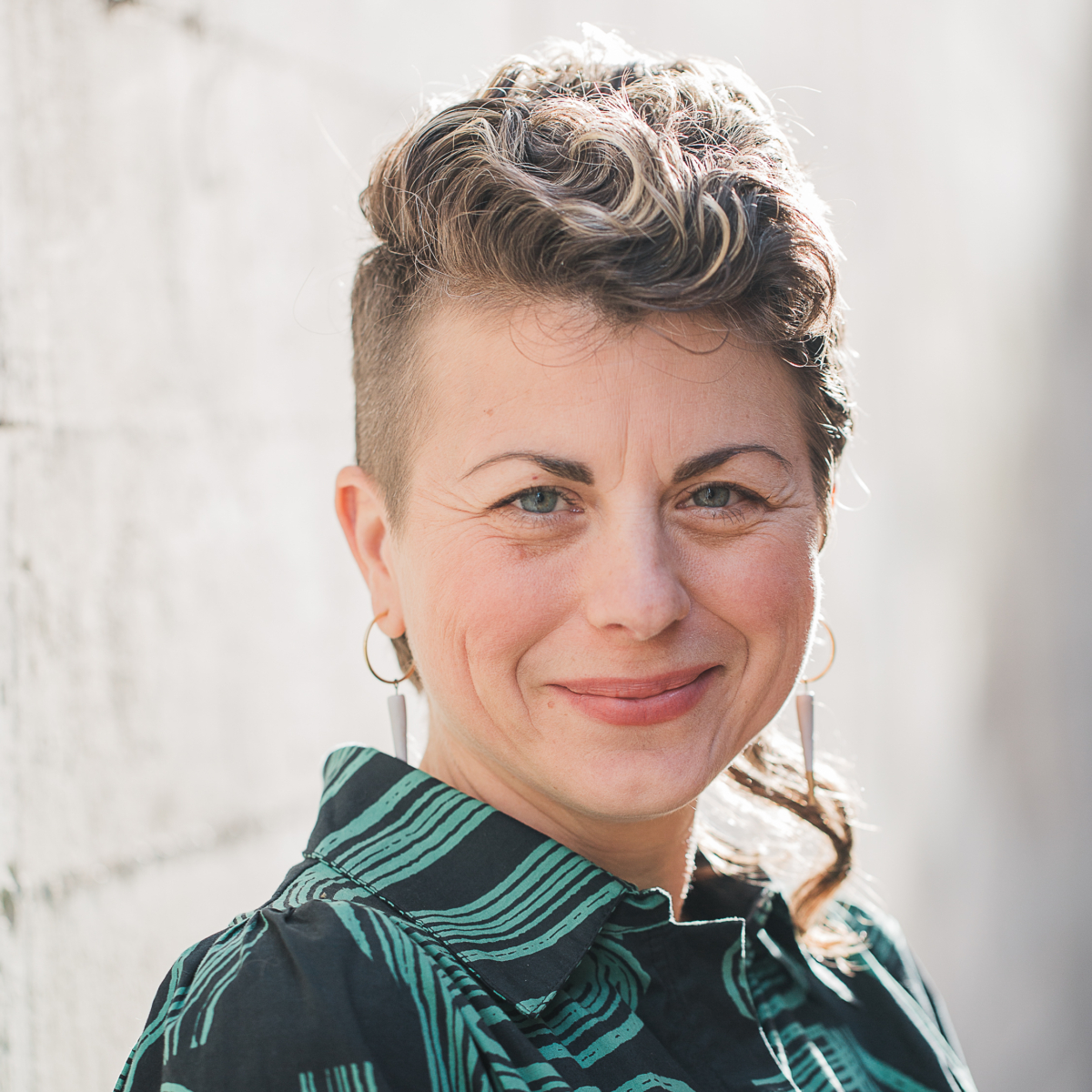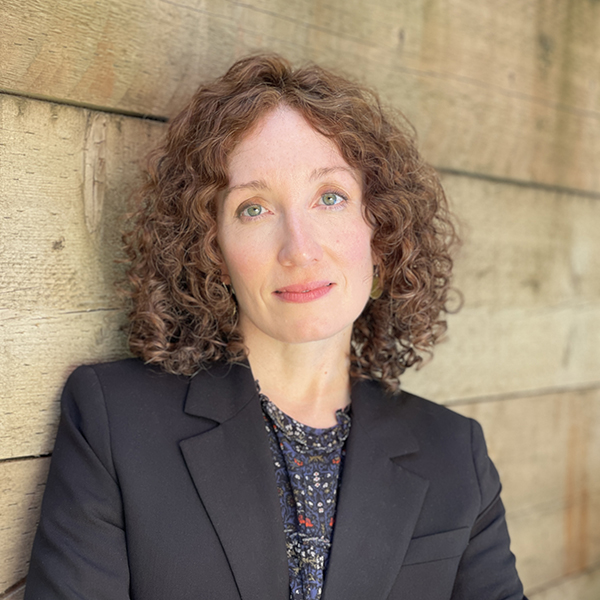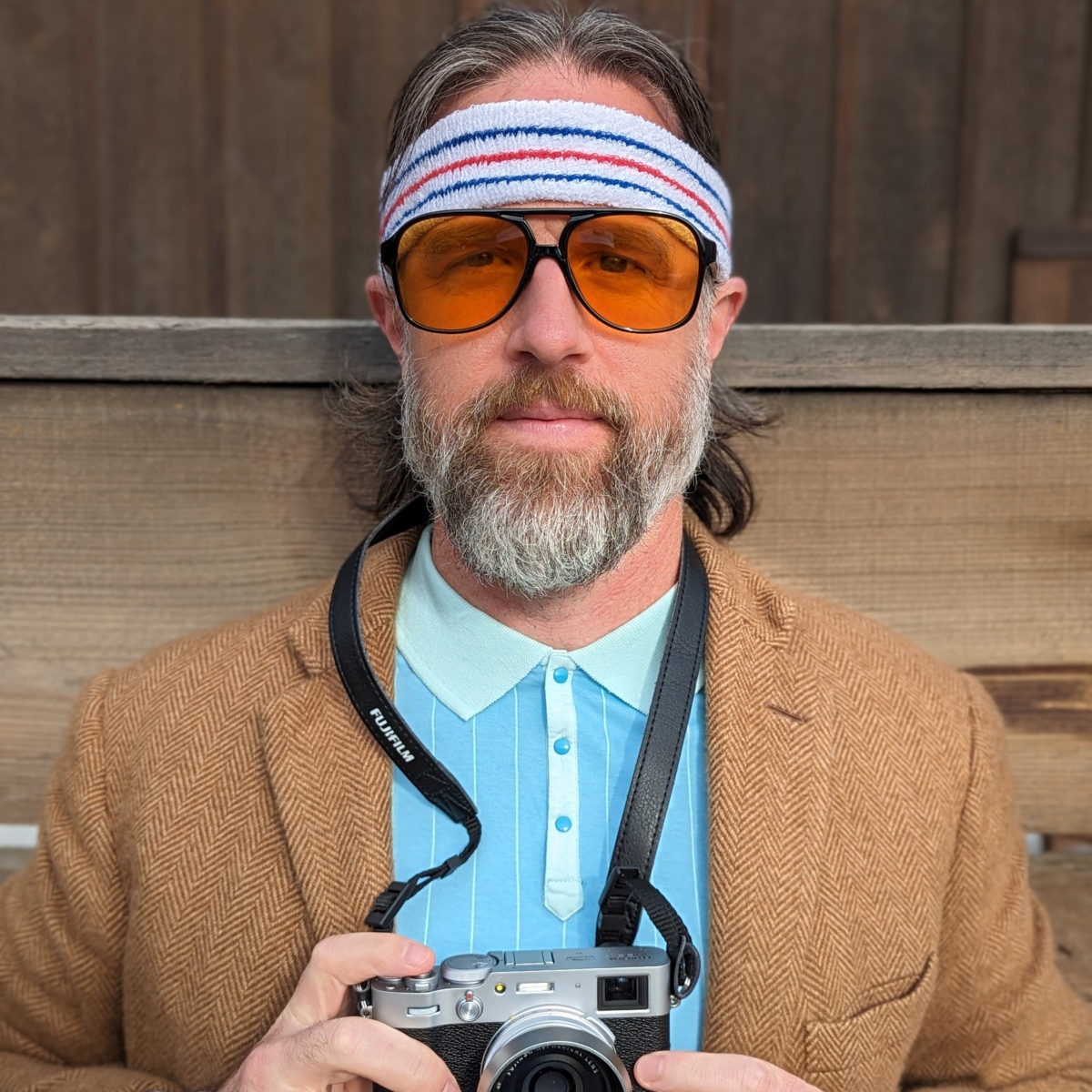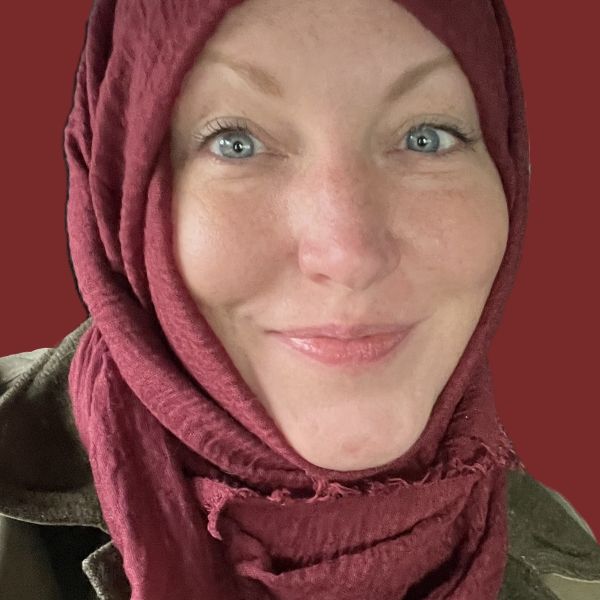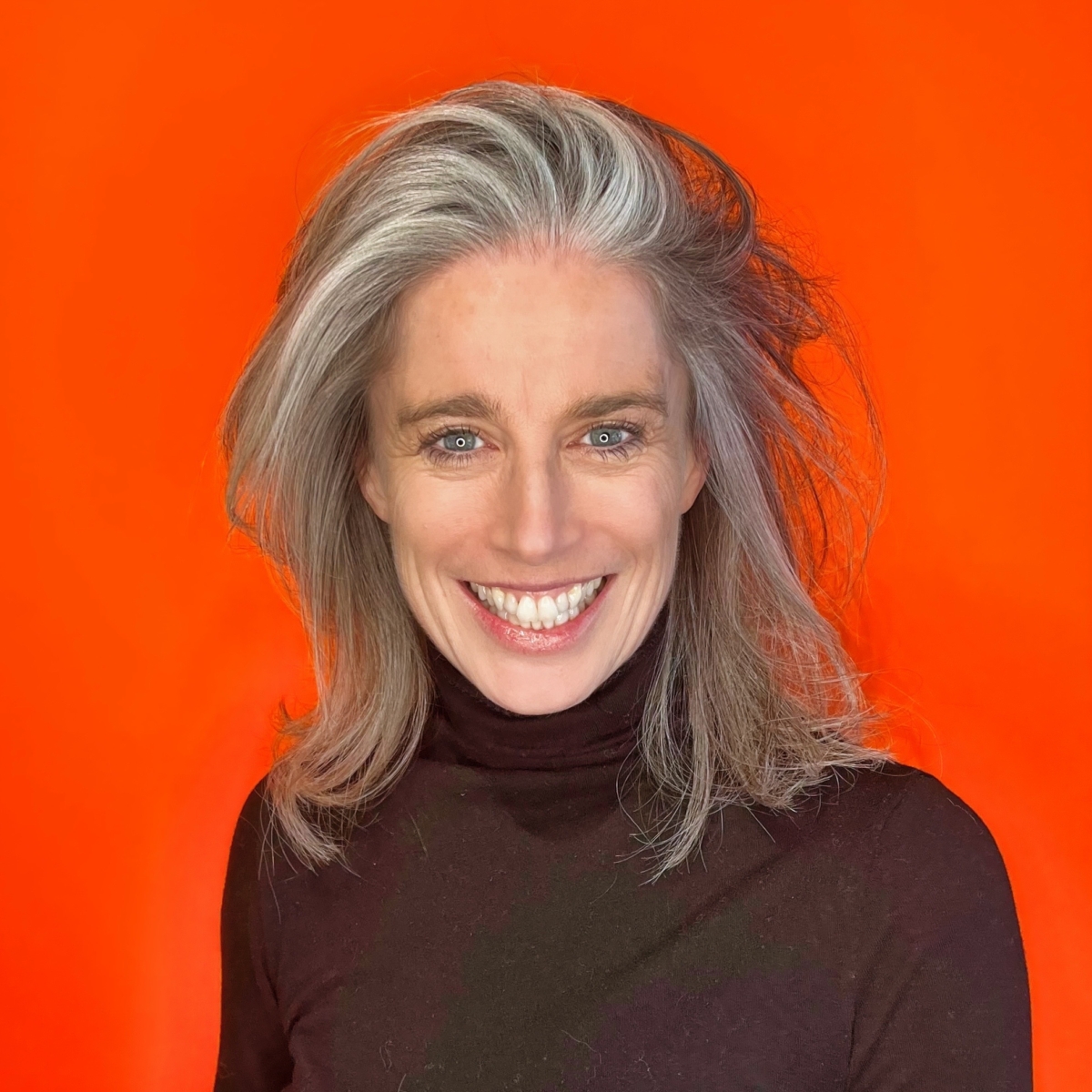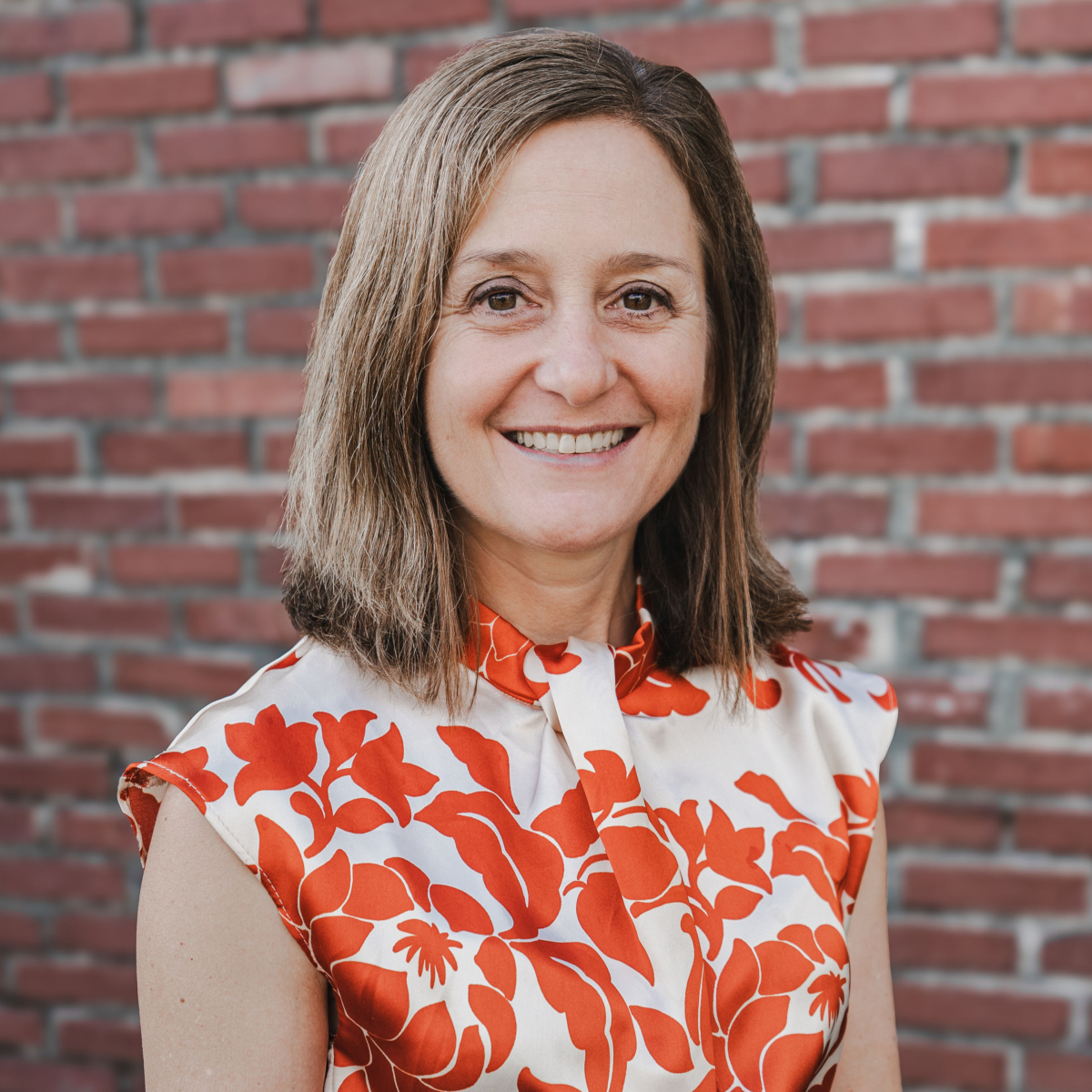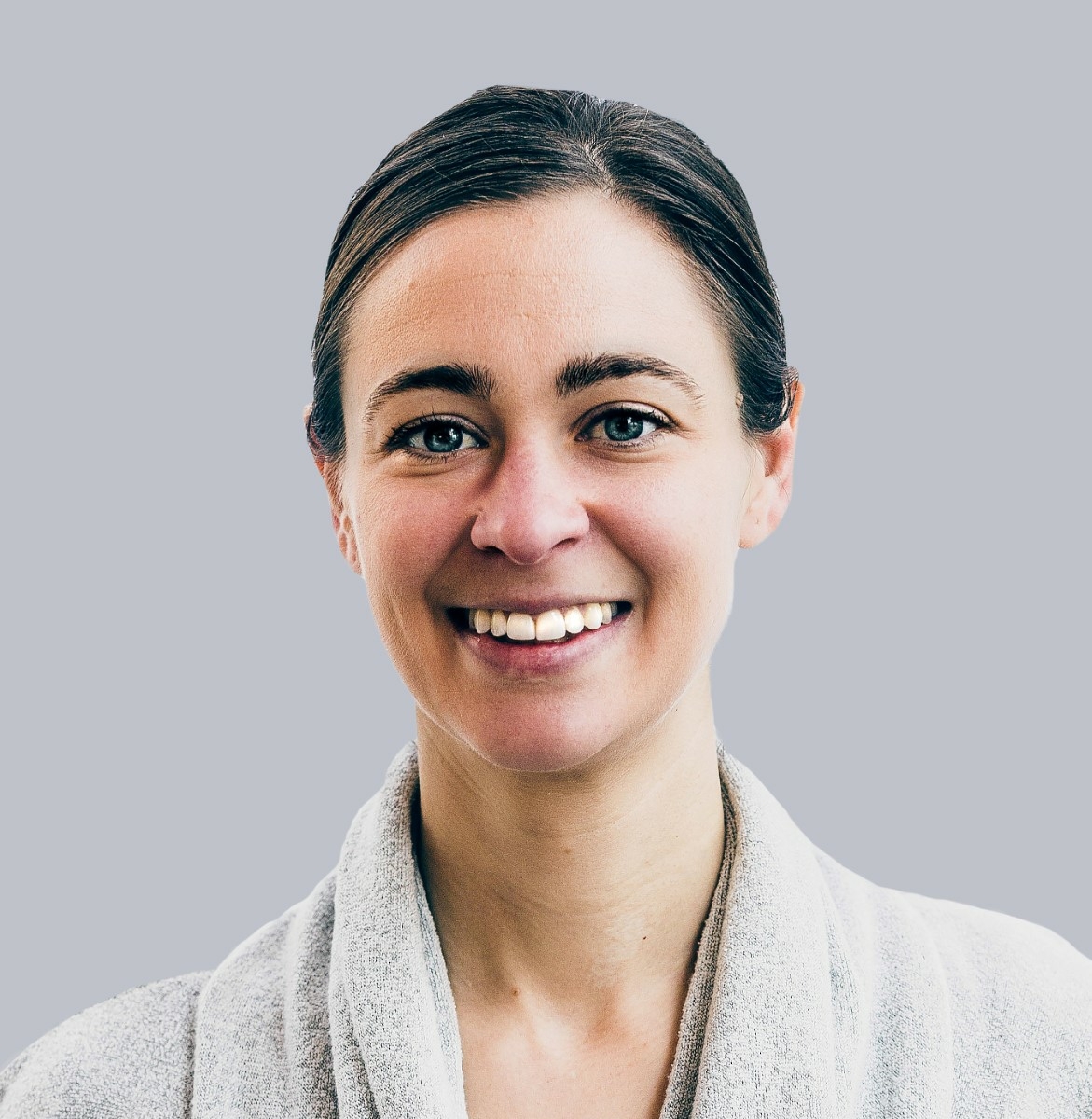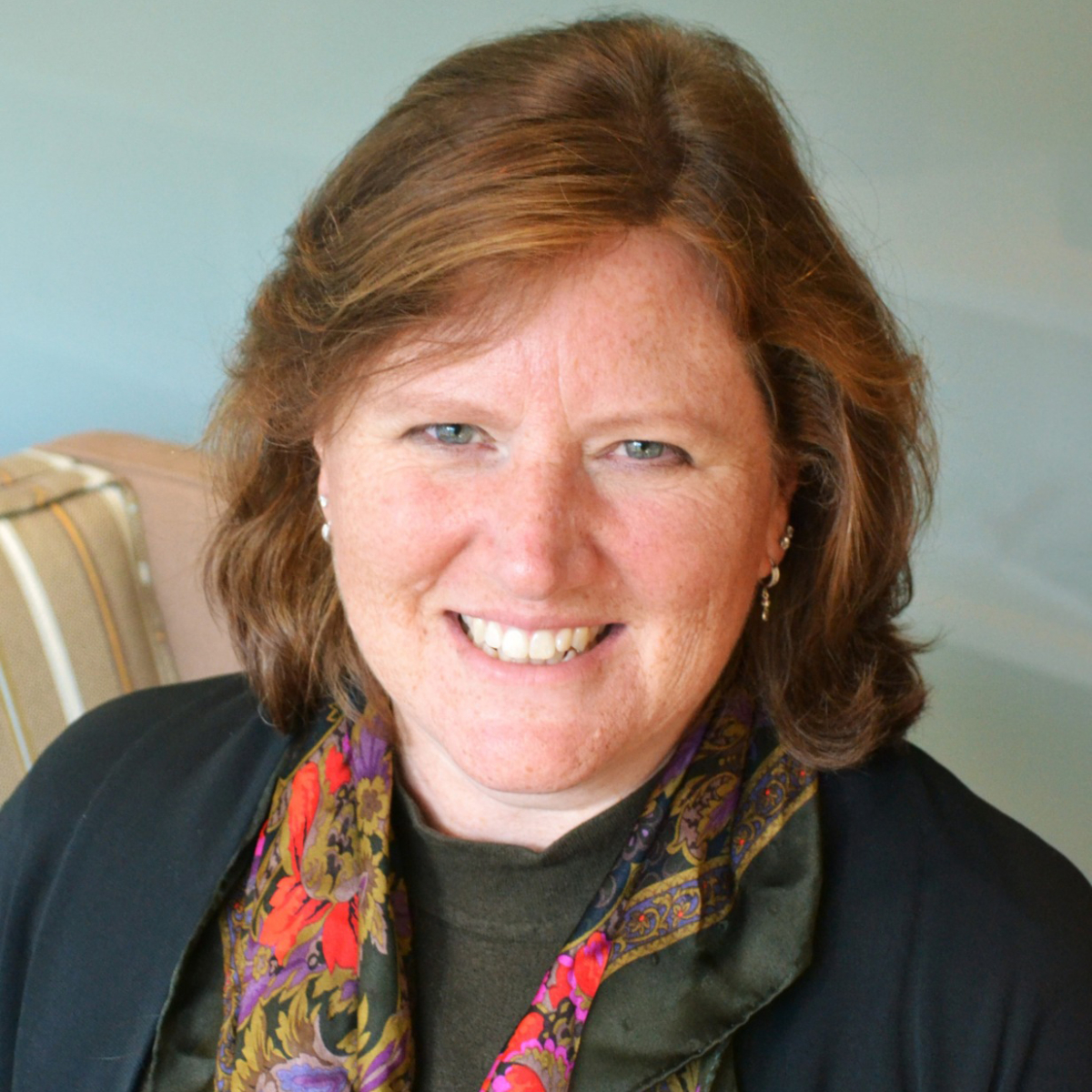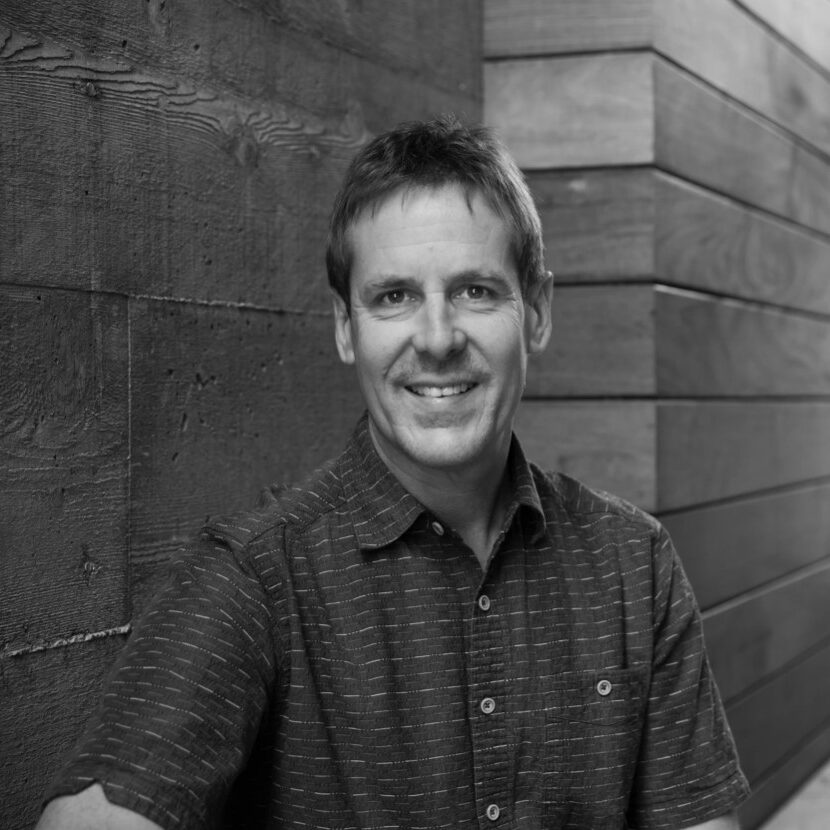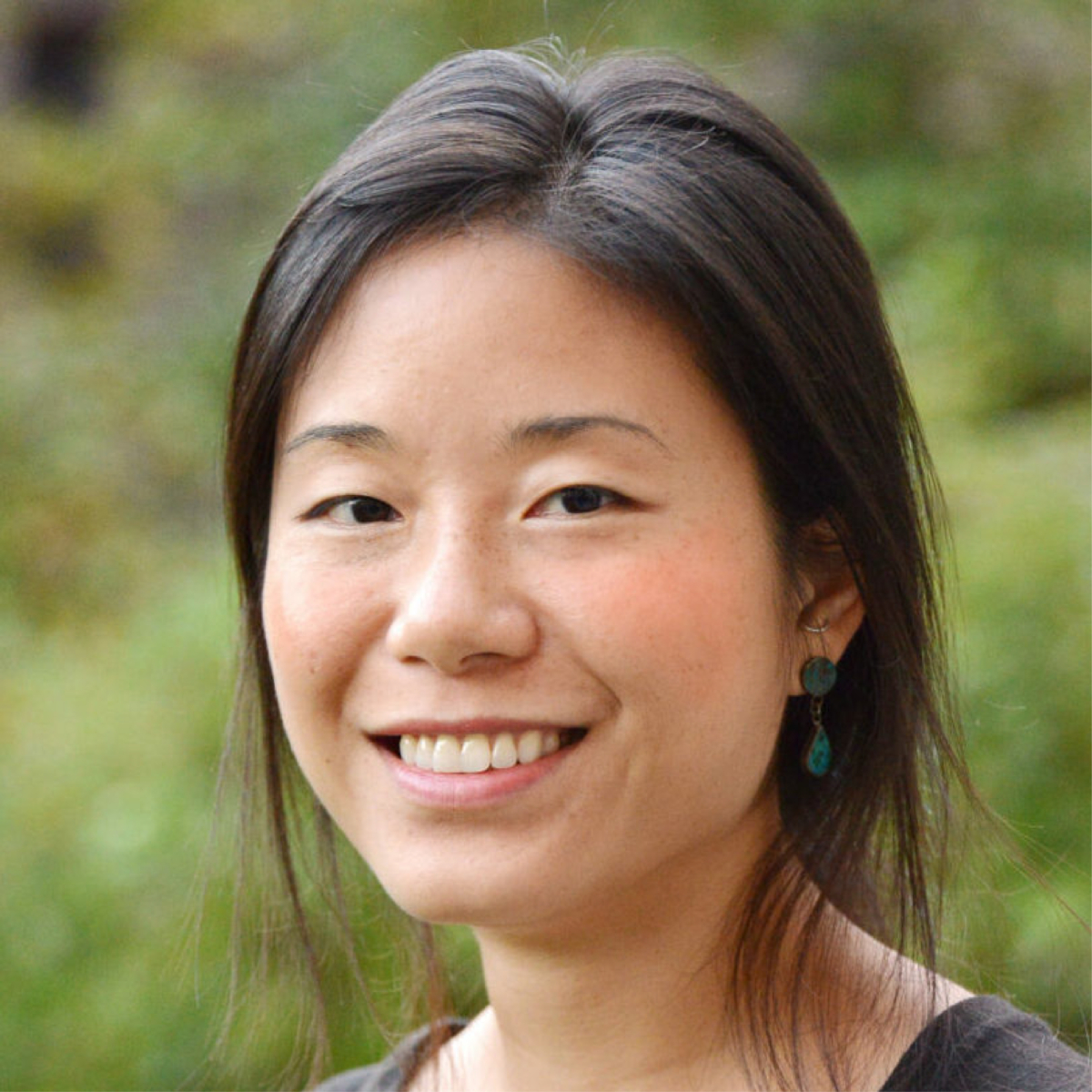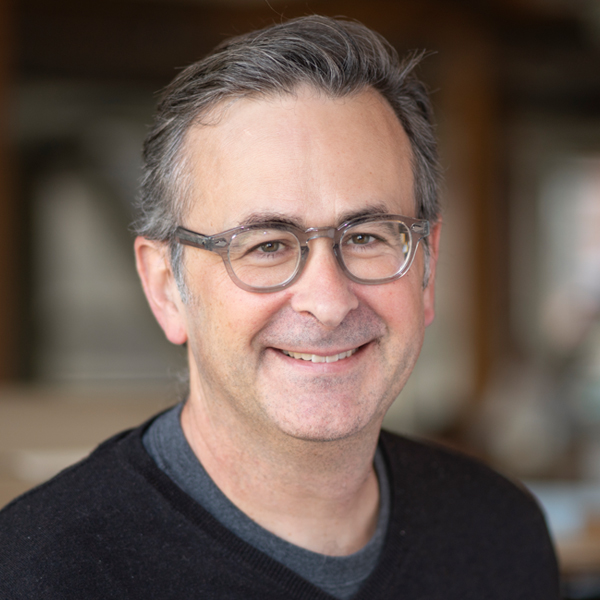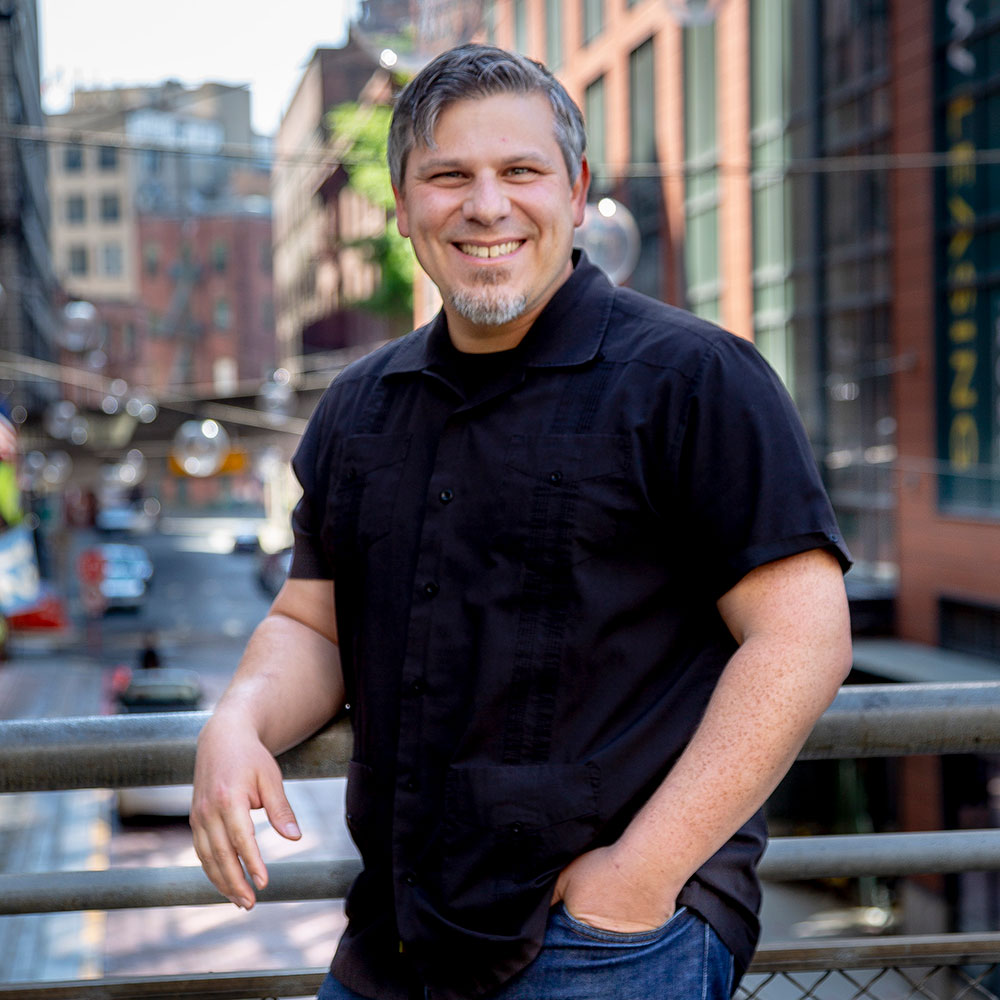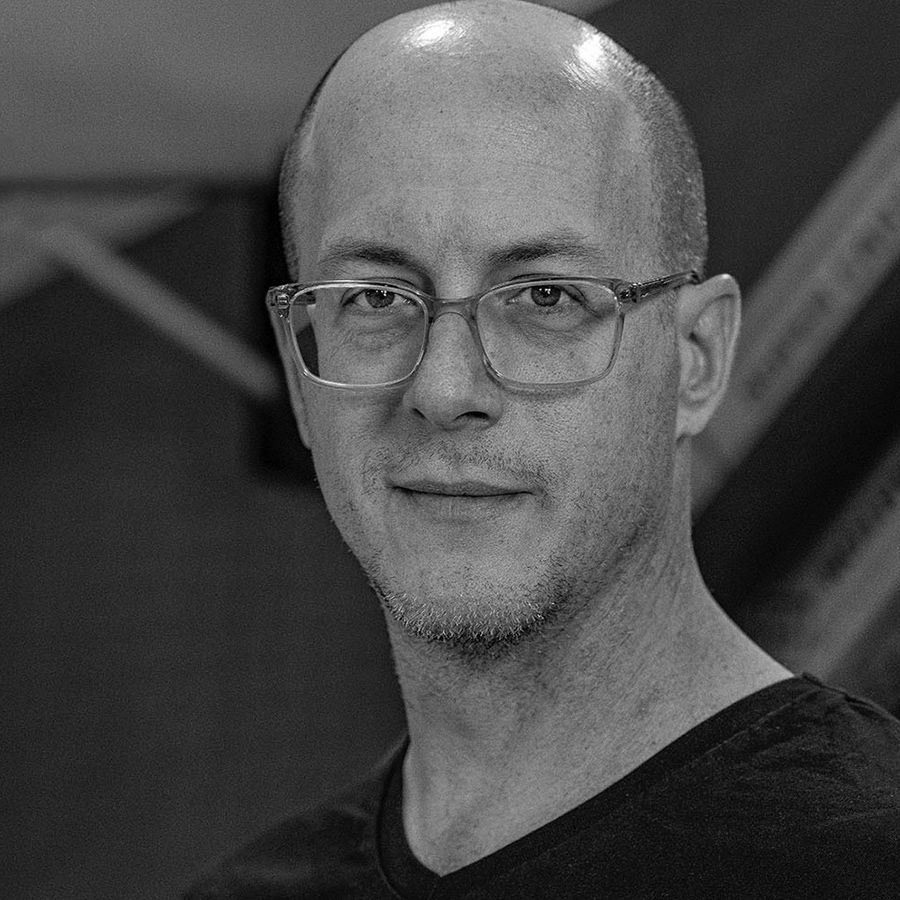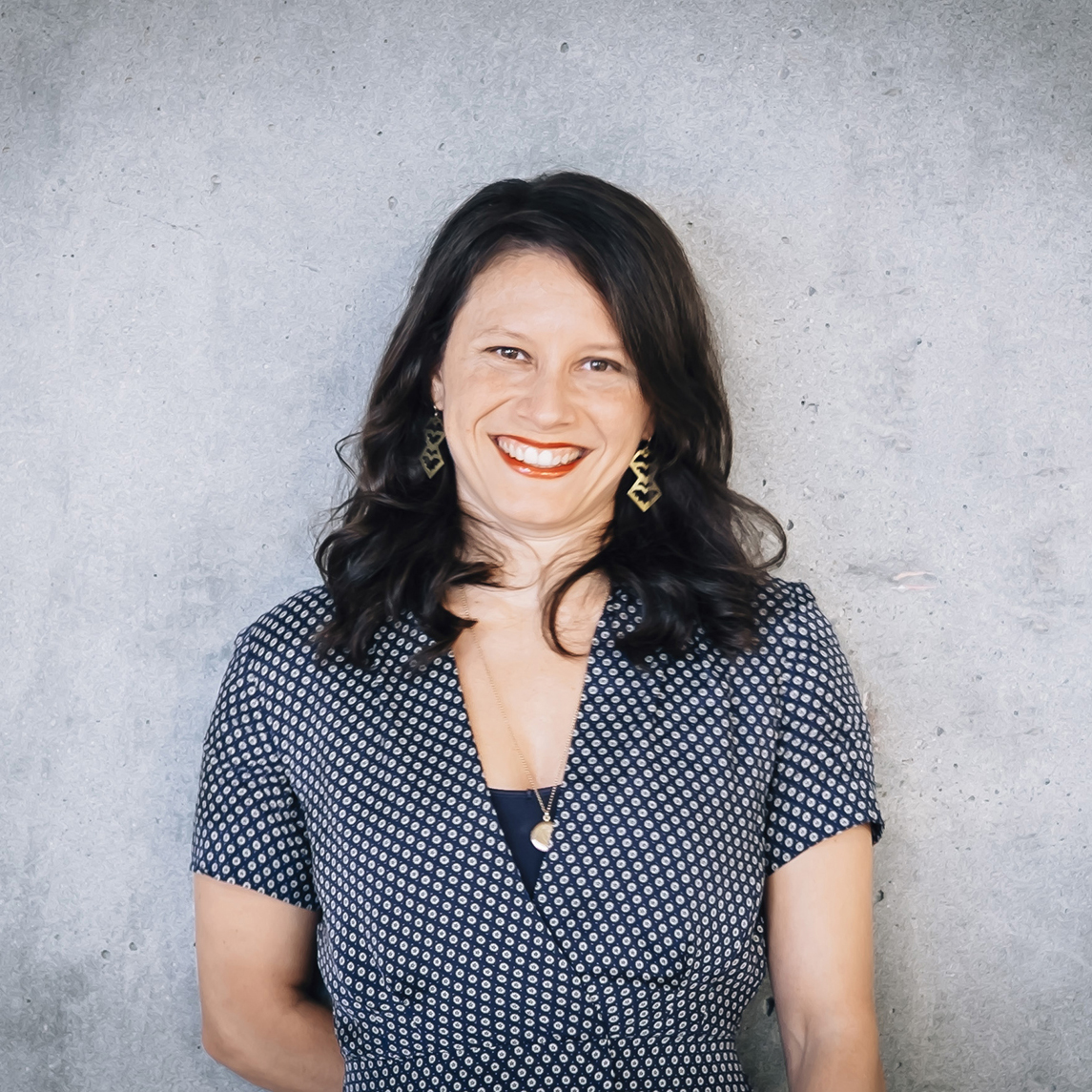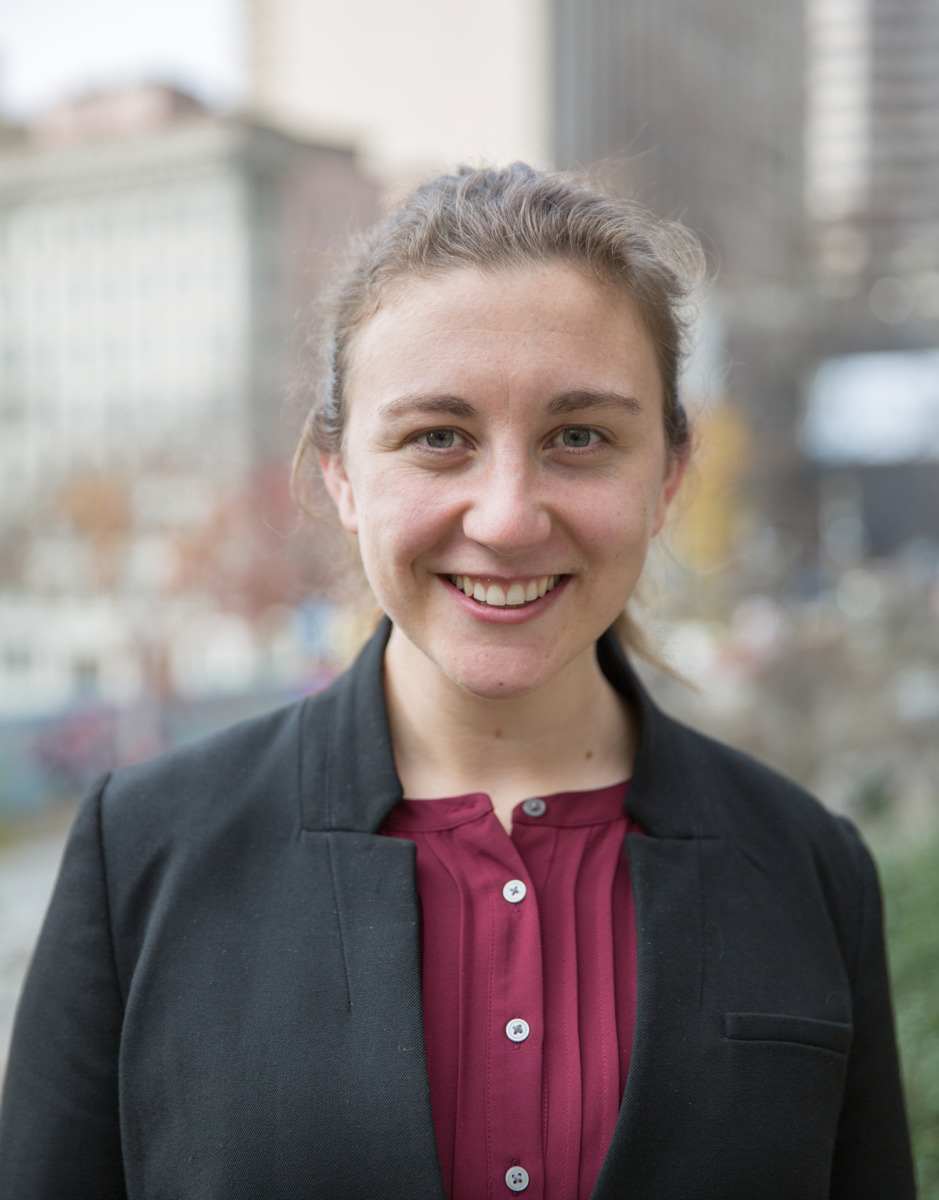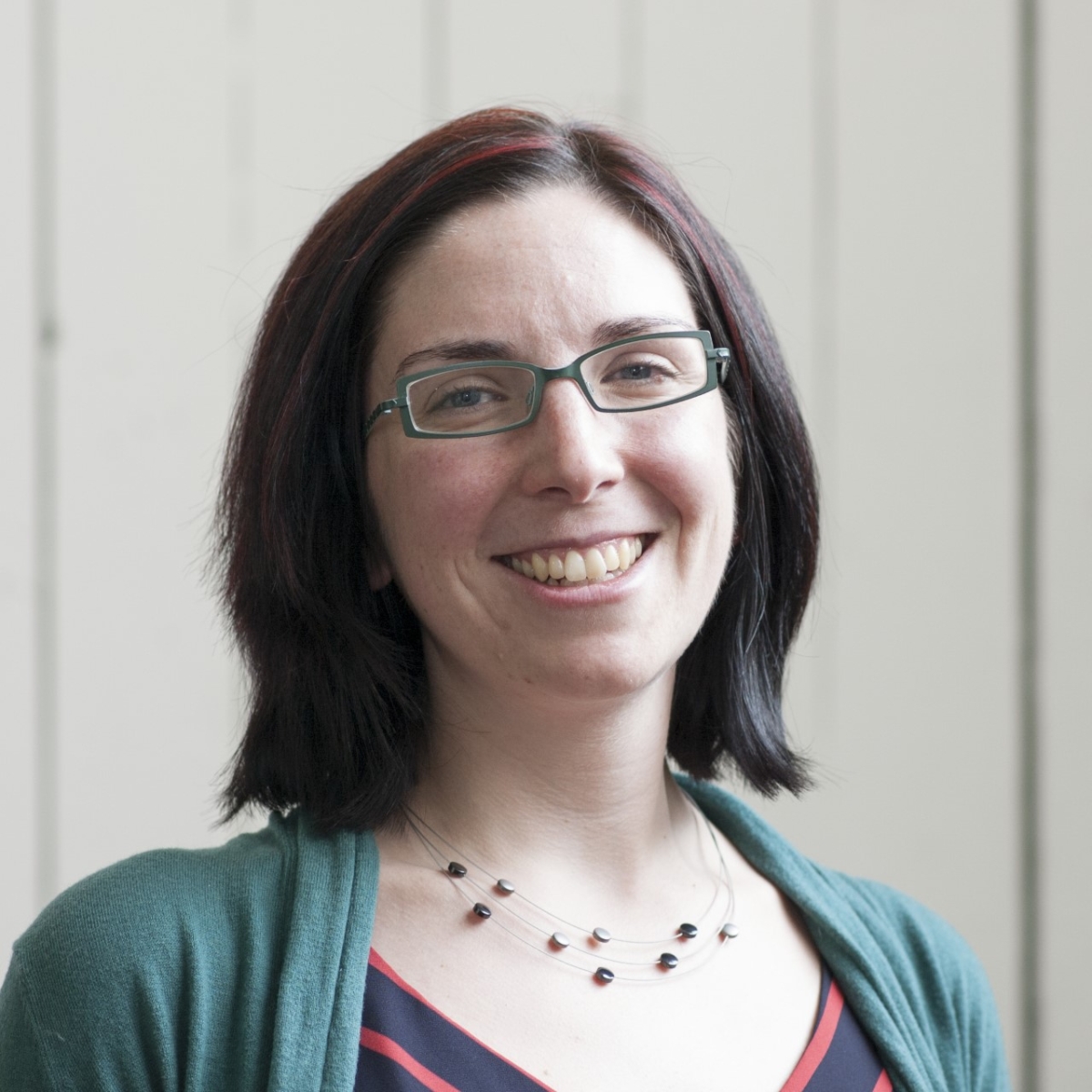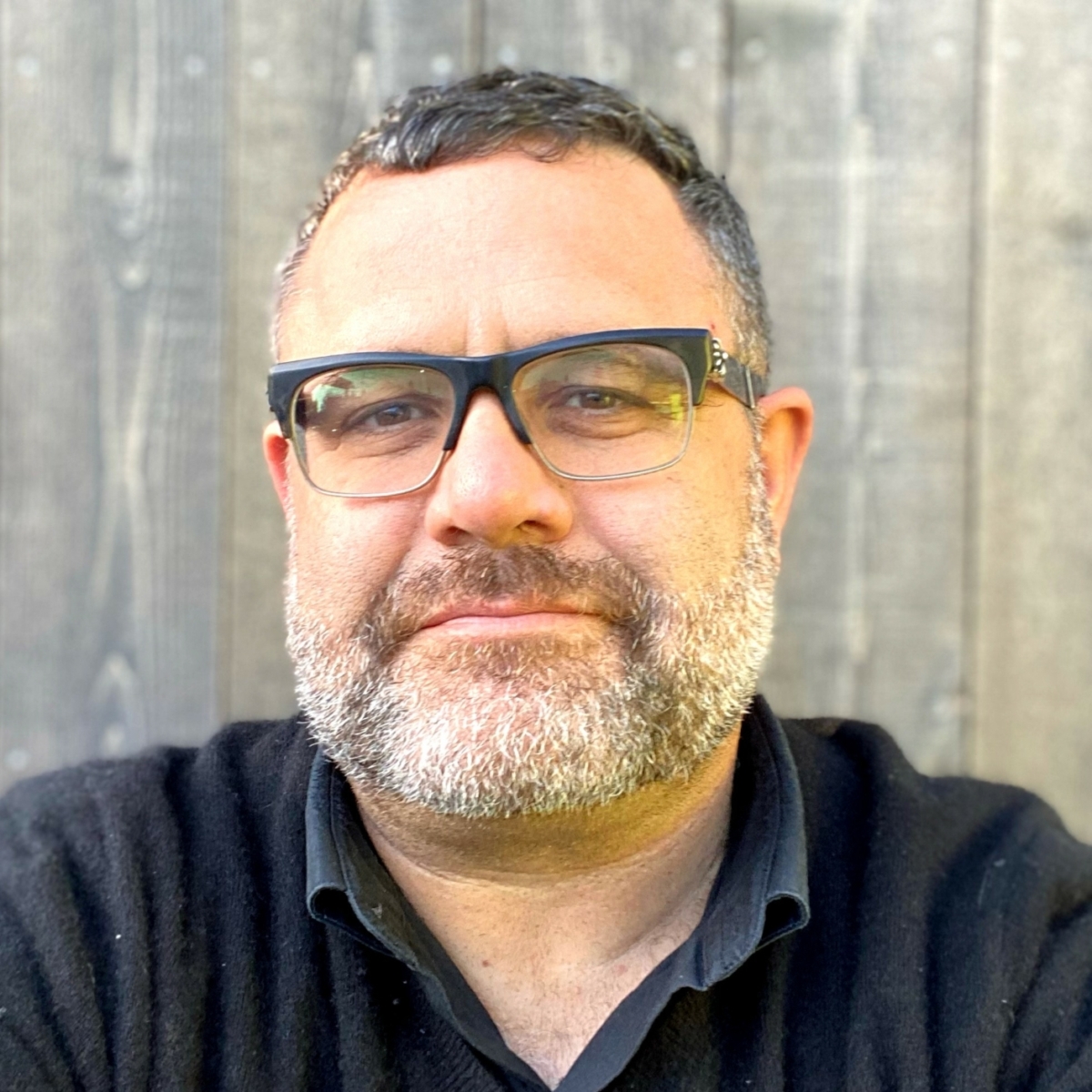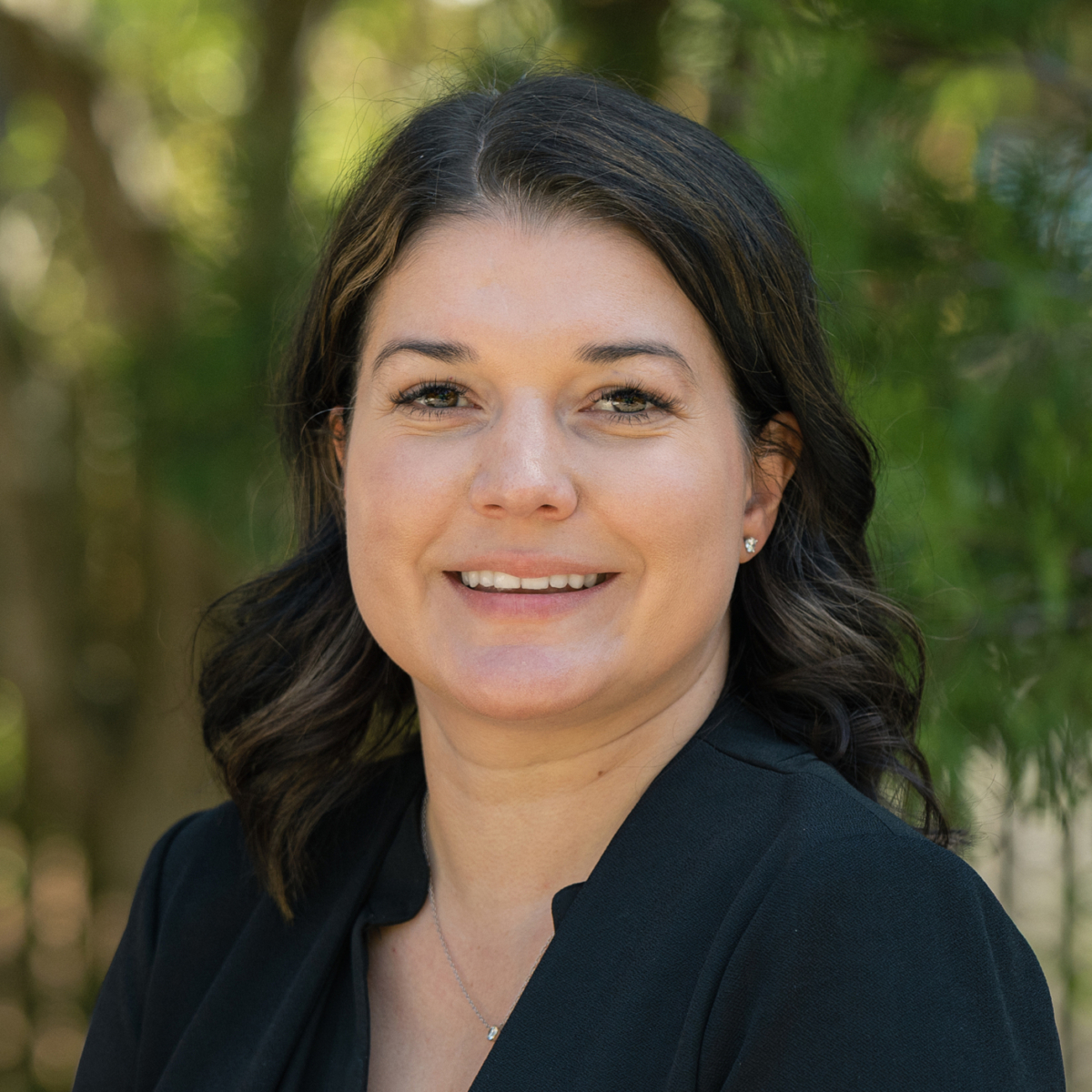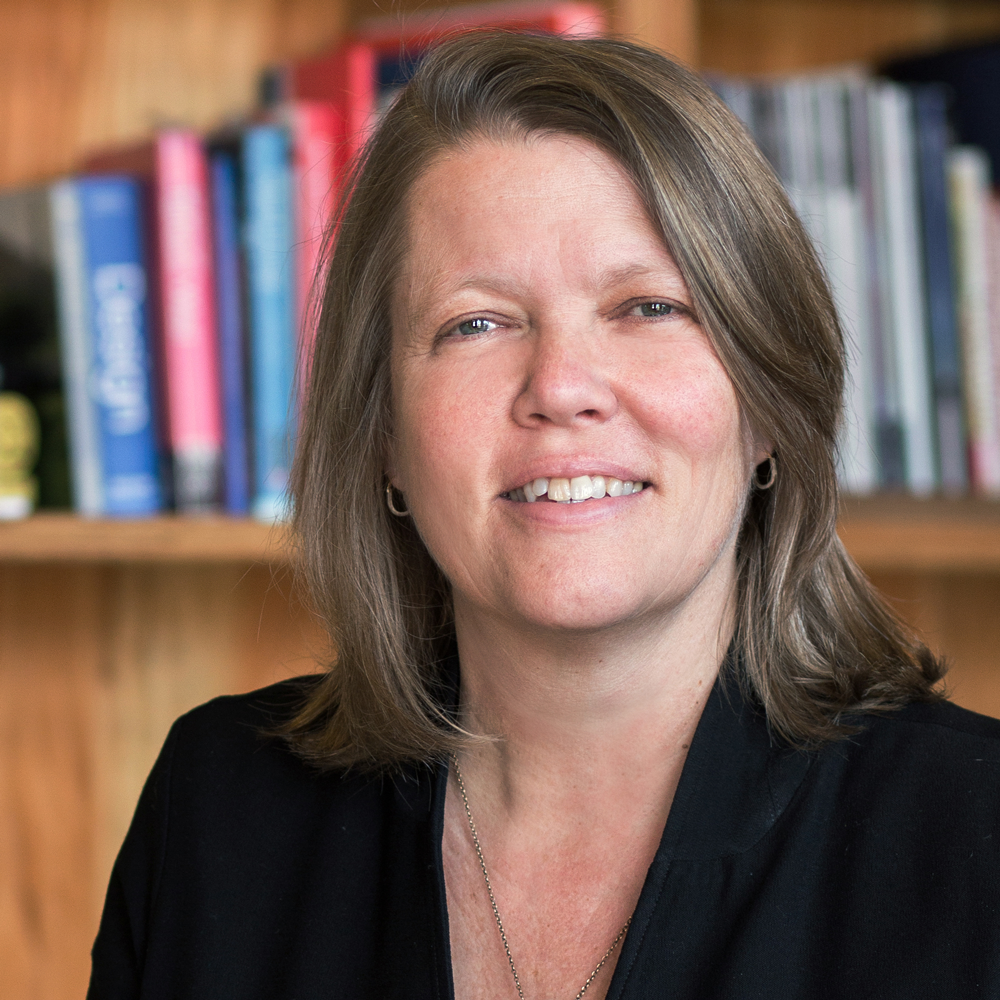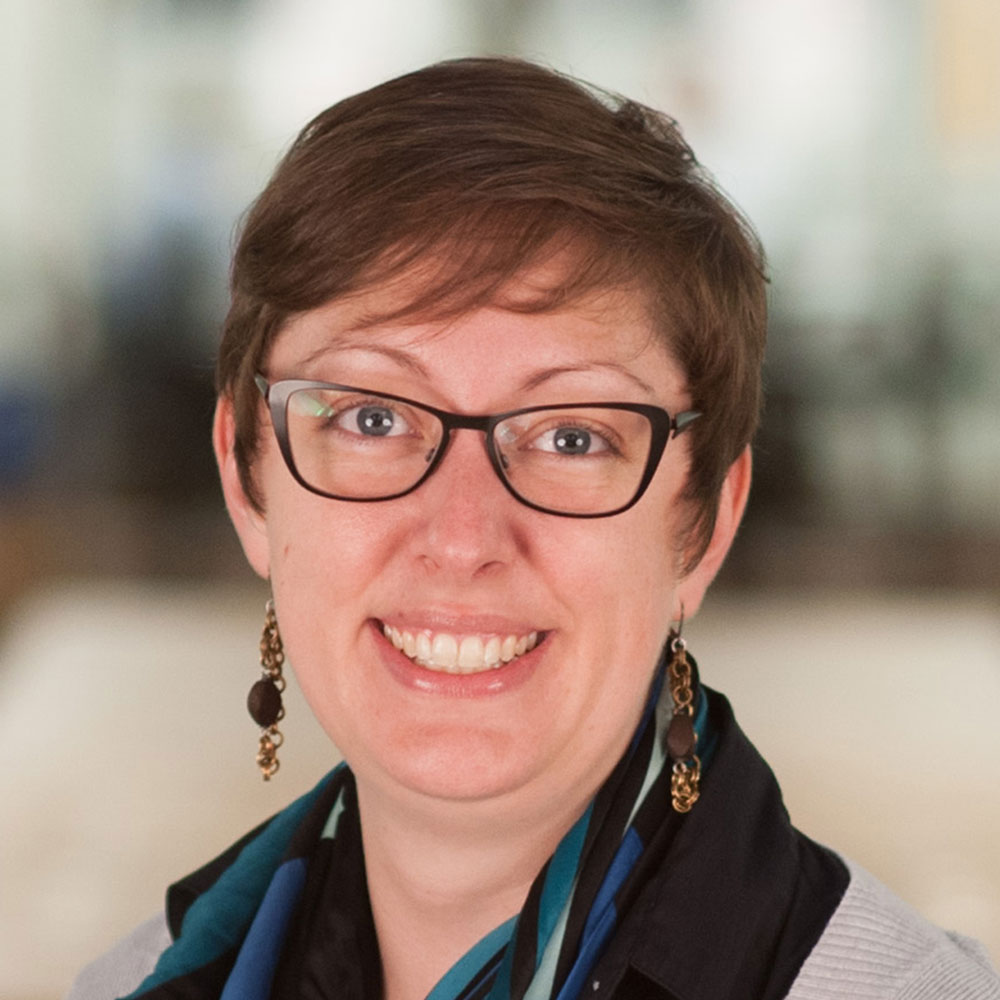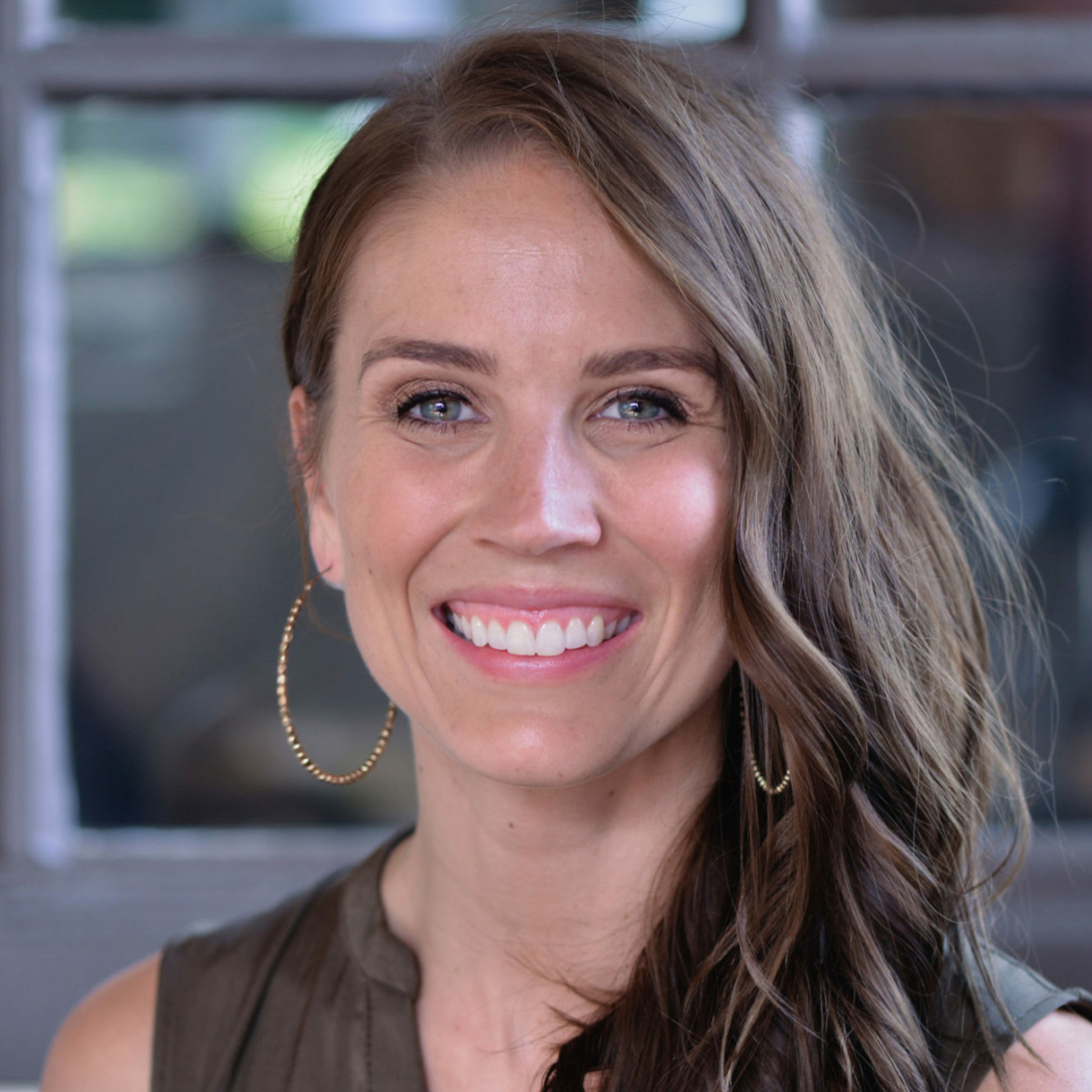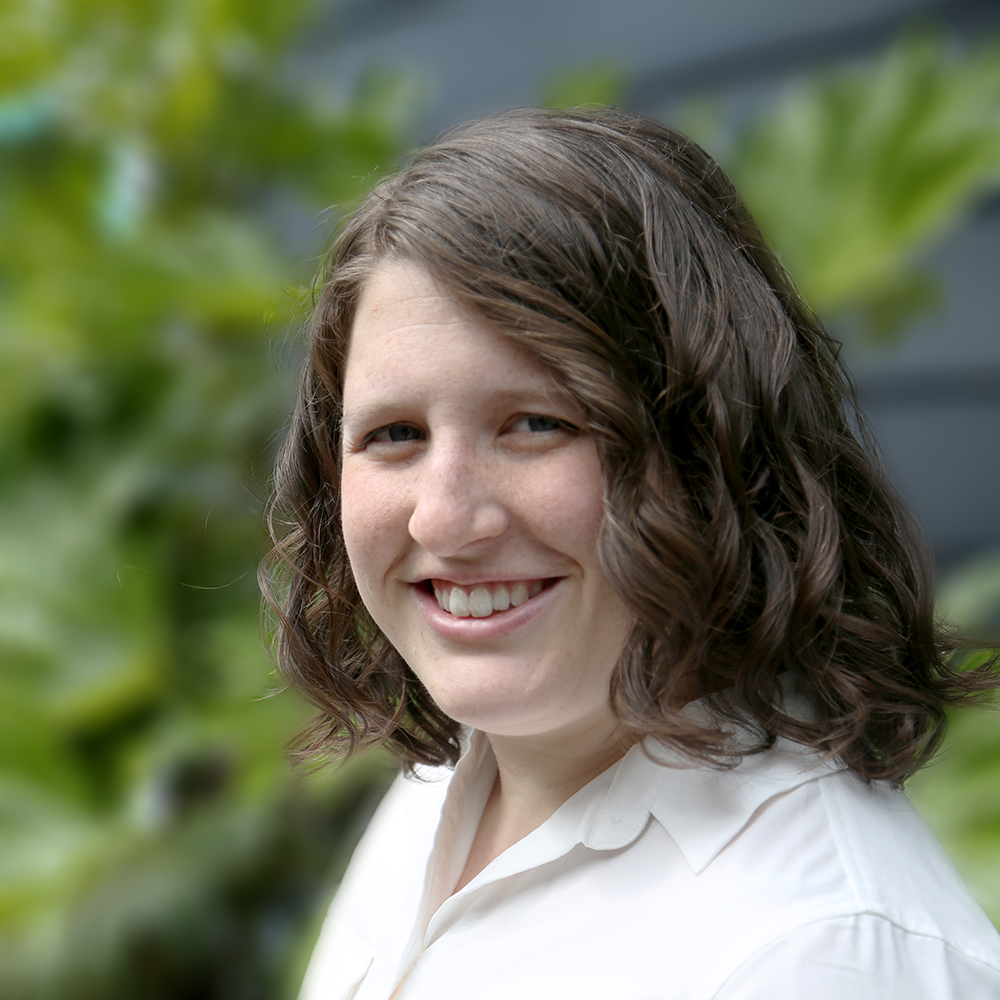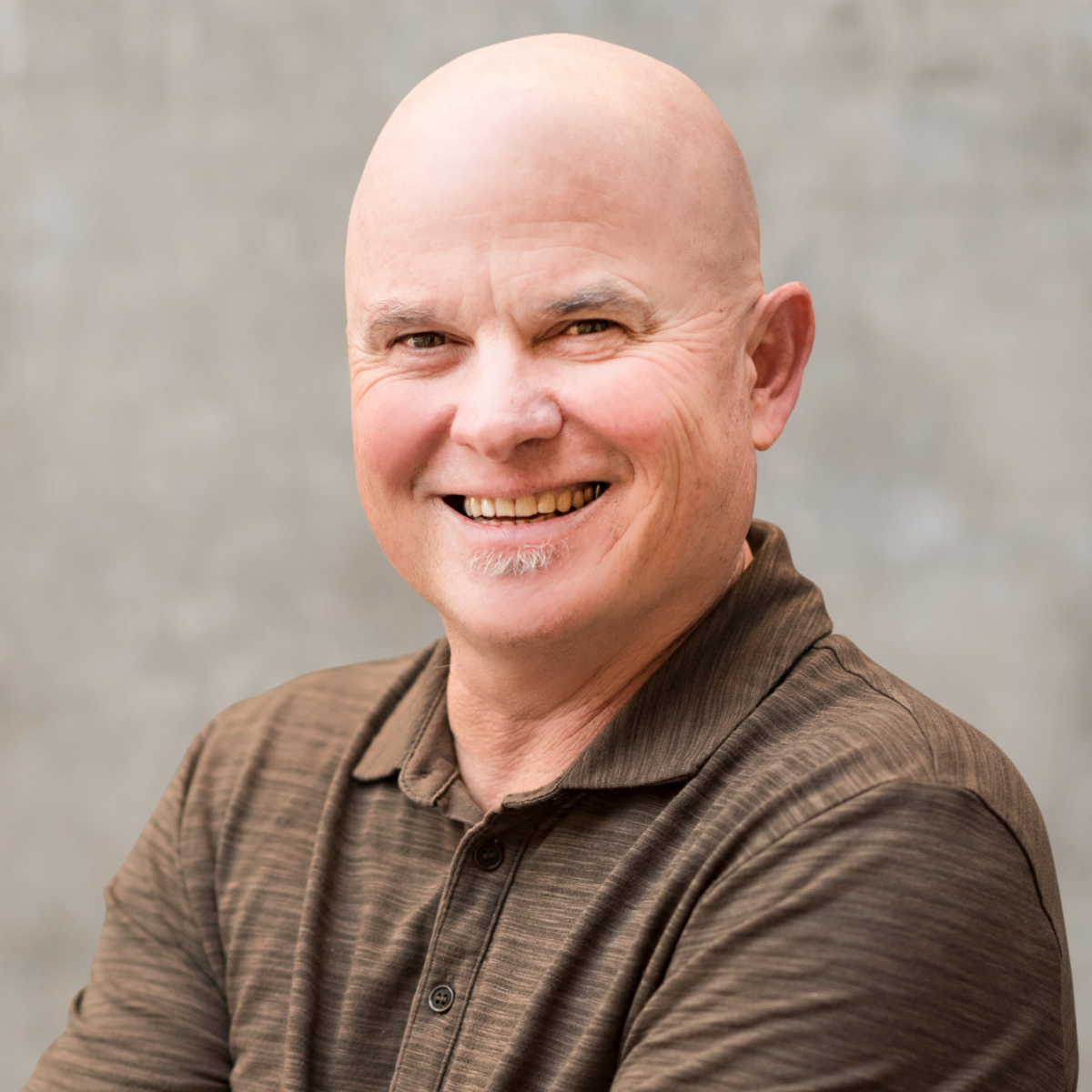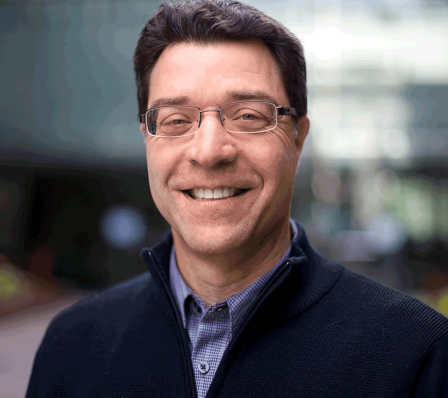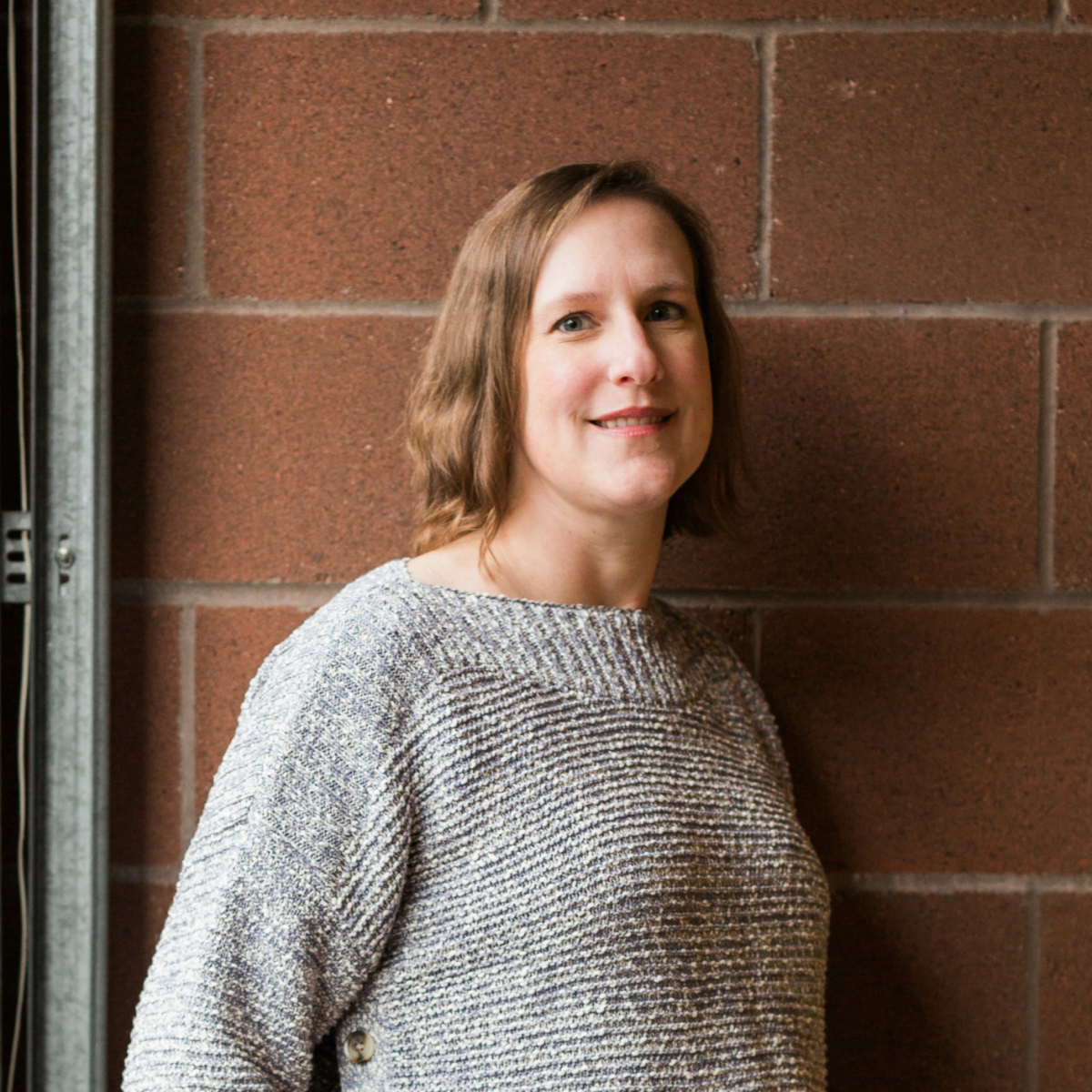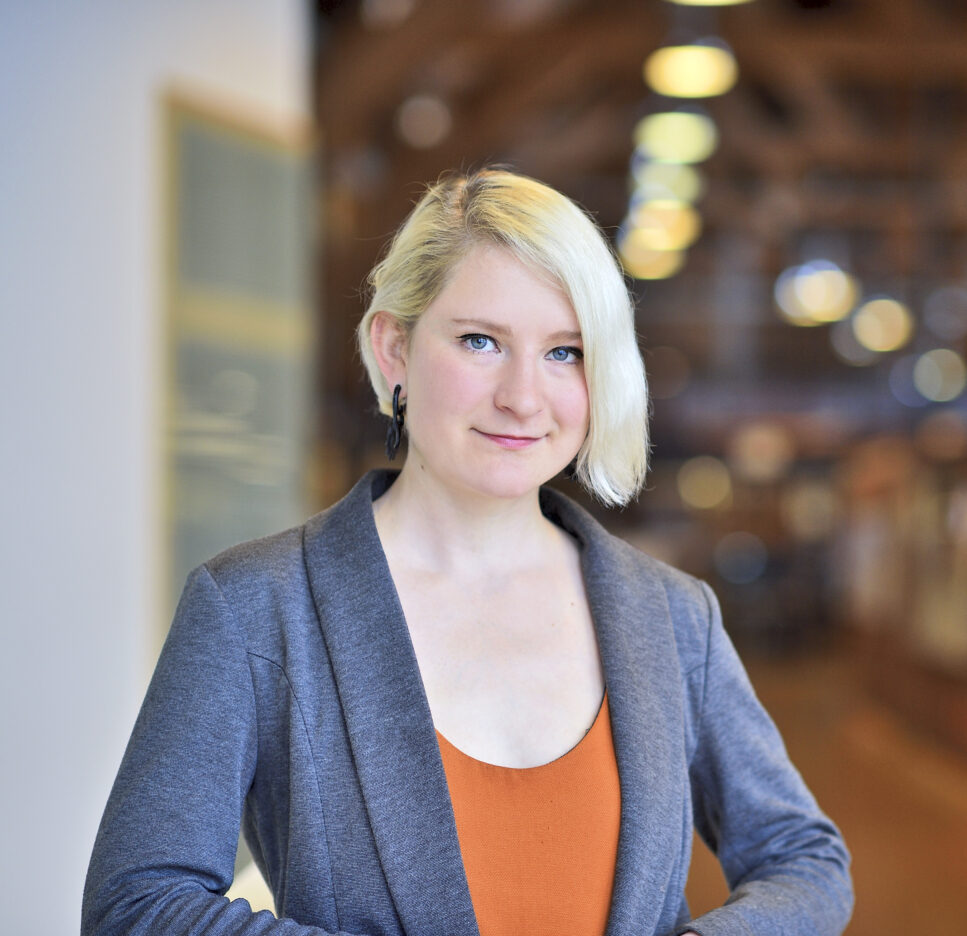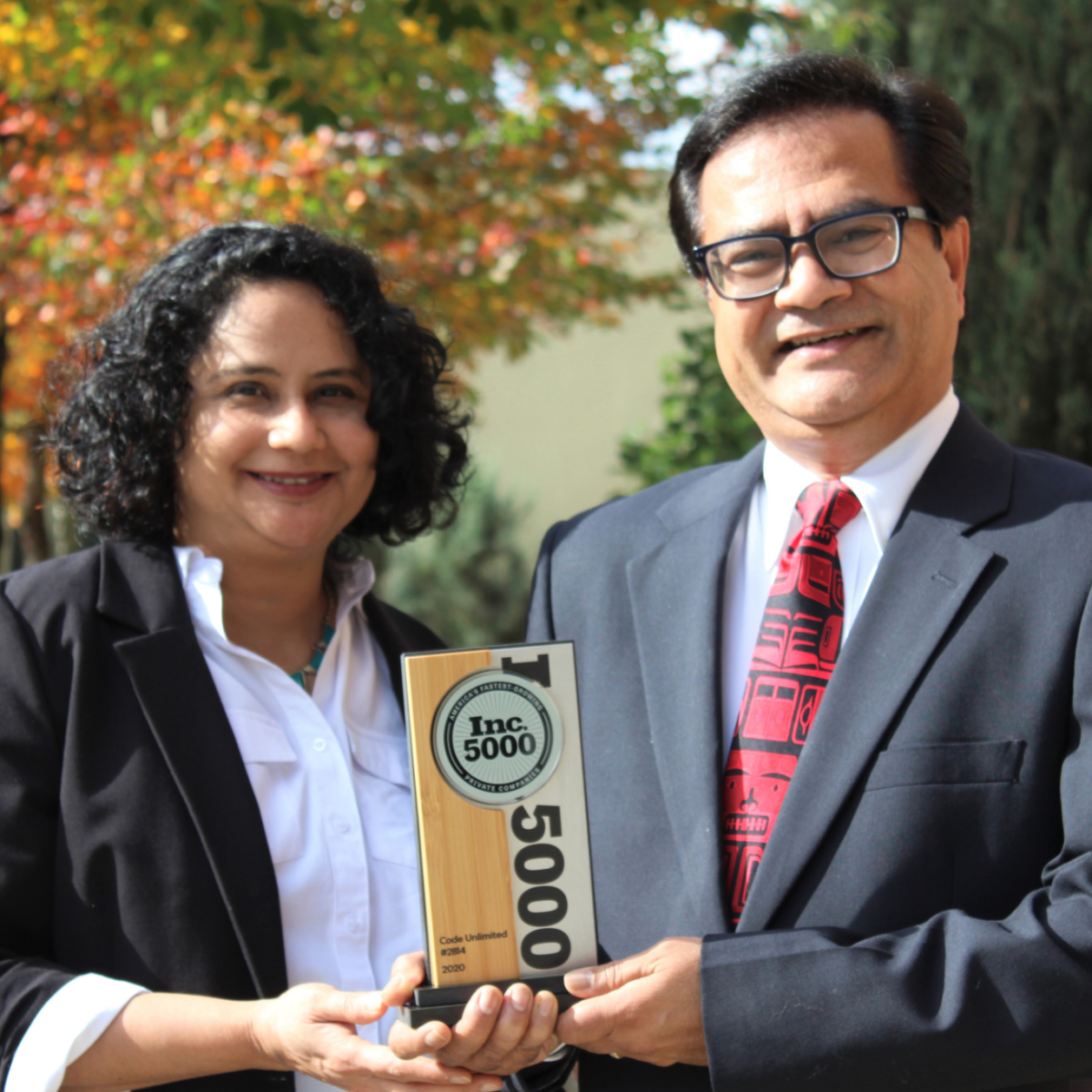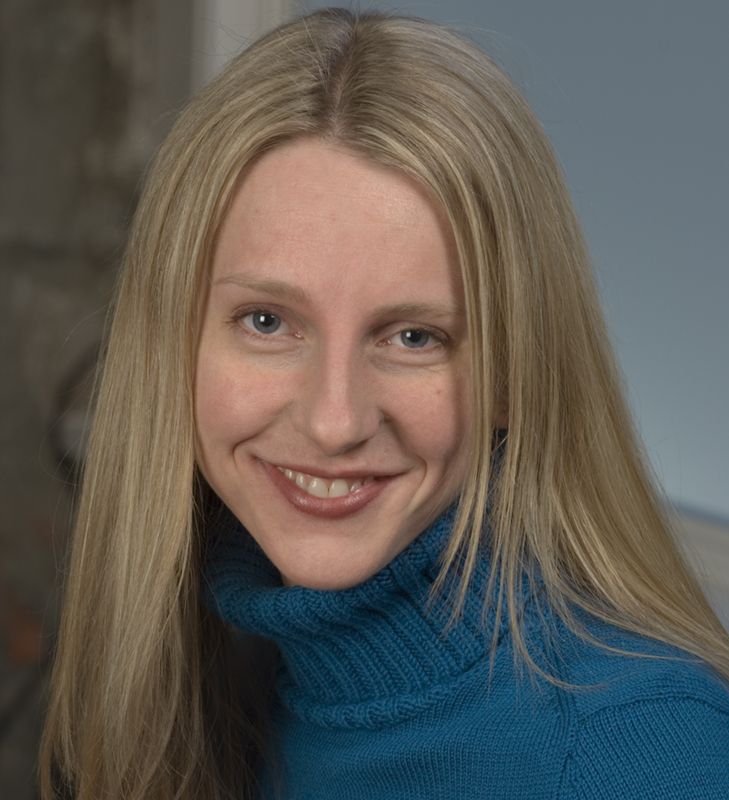Northwest Featured Home
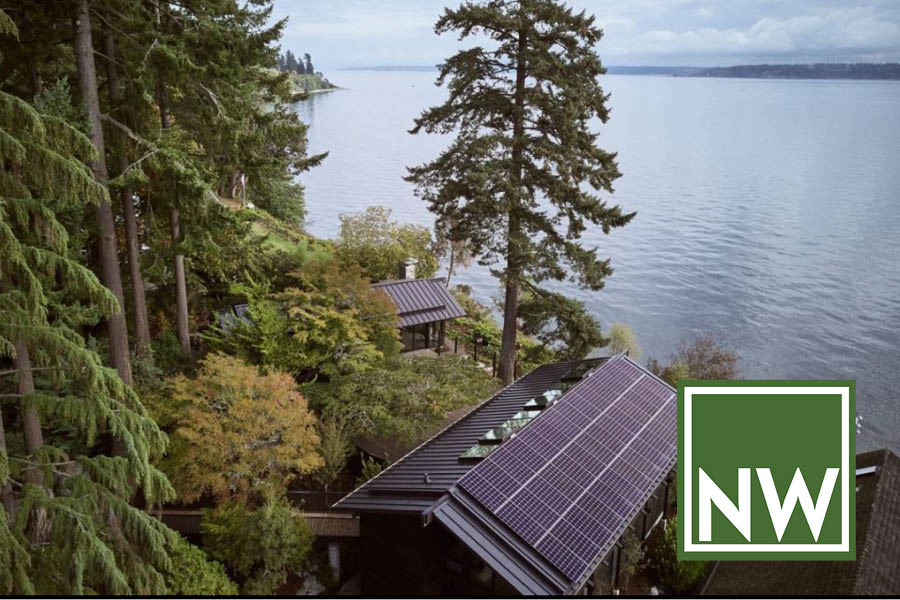
The NW featured Home program invites four guest curators each year to create an online image archive representing design excellence in residential architecture in the Pacific Northwest.
Created by the AIA Seattle Small Practice and Residential Committee (SPARC), this program is intended to showcase the best of Northwest residential architecture. Our purpose is to educate the public about the breadth, variety and quality of residential architecture in the region. In doing so we hope to raise the bar on building design in the Northwest, starting with the home, the place where people spend the majority of their time.
Curator applications are encouraged from highly qualified professionals from any part of the globe for consideration by the committee, and the committee itself will nominate and select individuals directly from their own deliberations.
How to participate
- Follow @nwfeaturedhome on Instagram for ongoing content
- Submissions may be sent to nwfeaturedhome@gmail.com for consideration. Please include a 200 word description of the project along with 2-3 images.
Featured Homes
2022 – Quarter 2: Curated by Joesph Herrin AIA of Heliotrope Architects.

Loom House by Miller Hull Partnership and Charlie Hellstern Interior Design – Located on a beautifully landscaped bluff overlooking Puget Sound, Loom House is an extensive renovation of a classic 1960s mid-century home. Loom House achieved the Living Building Challenge 4.0 Certification in 2021 and transforms a classic, energy intensive northwest contemporary home it into a home that generates more energy than it needs, collects all of the water it needs and treats the water it uses -all in a closed system completely off the grid. In the Loom House the design team has successfully synergized the wonky side of environmental sustainability with the beauty of northwest modernism.
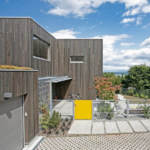
Madrona Passive by Shed Architecture & Design – The Madrona Passive House sites on a cul-de-sac overlooking Lake Washington. FSC certified rough sawn cedar cladding gives texture to the geometric form of the house. A Living Screen fence, wall and canopy shelter the entry while providing an armature for star jasmine. Reducing energy use is the biggest single thing we can do to reduce the environmental impact of buildings – which generate nearly 40% of global CO2 emissions. Passive House is a European system of designing and building focused on minimizing the energy required to condition homes. Approaches like this are critical to meeting our climate challenge.
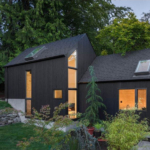
Granny Pad is a small, detached dwelling created by Best Practice Architecture to solve one growing, multi-generational family’s need for affordable housing in an expensive market. Detached accessory dwelling units (DADU’s) represent an important ‘missing middle’ housing option, offering young families access to good schools (often located in otherwise unaffordable neighborhoods) and allow for increased density with minimal impact to the physical character of the neighborhood. They utilize existing infrastructure, so minimize environmental impacts, and offer homeowners a way to age in place by providing additional income. Granny Pad exemplifies the promise of this building typology.
Featured Homes
2022 – Quarter 1: Curated by David Coleman FAIA of David Coleman Architecture.
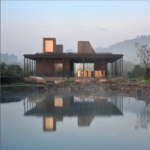
Casa Cosecha de Lluvia by Robert Hutchison Architecture & JSa Arquitectura – Located in Temascaltepec, Mexico, this ensemble of small structures exemplifies the essential quality that light plays in the creation of great residential architecture. Consisting of a 1200 SF main residence, a detached art studio and a bathhouse, this modest retreat makes a big impression on a wild landscape. Three large roof monitors allow filtered light deep into the interior. Wide overhangs shield the indoor and outdoor living spaces from the intense summer sun. These relatively simple gestures are handled with great artistry, enlivening the interiors and offering a spatial dynamic that is as unexpected, enriching the experience of home.
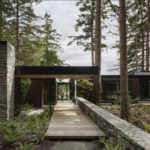
Whidbey Island Farm Retreat by mwworks – Located on Whidbey Island, this ensemble of three structures situated around a naturalistic courtyard exemplifies the essential quality of PLACE. Consisting of a great room, a bedroom wing connected via a glass knuckle, and a separate bunk room, this modest retreat merges with the serene landscape. A rustic stone landscape wall leads from the parking area to the main entry. Large expanses of glass and cantilevered overhangs frame views of the house and landscape.
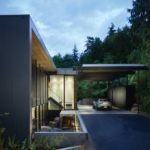
The Wood Block Residence is located in Seattle, Washington. Originally designed by Fred Bassetti in 1962, Chadbourne + Doss Architects reimagined the house to reflect the needs and desires of its current owners. Their remodel elevates the original concept to its highest potential, exemplifying the essential quality of timeless modernism, free from trendy materials, forms and details.



